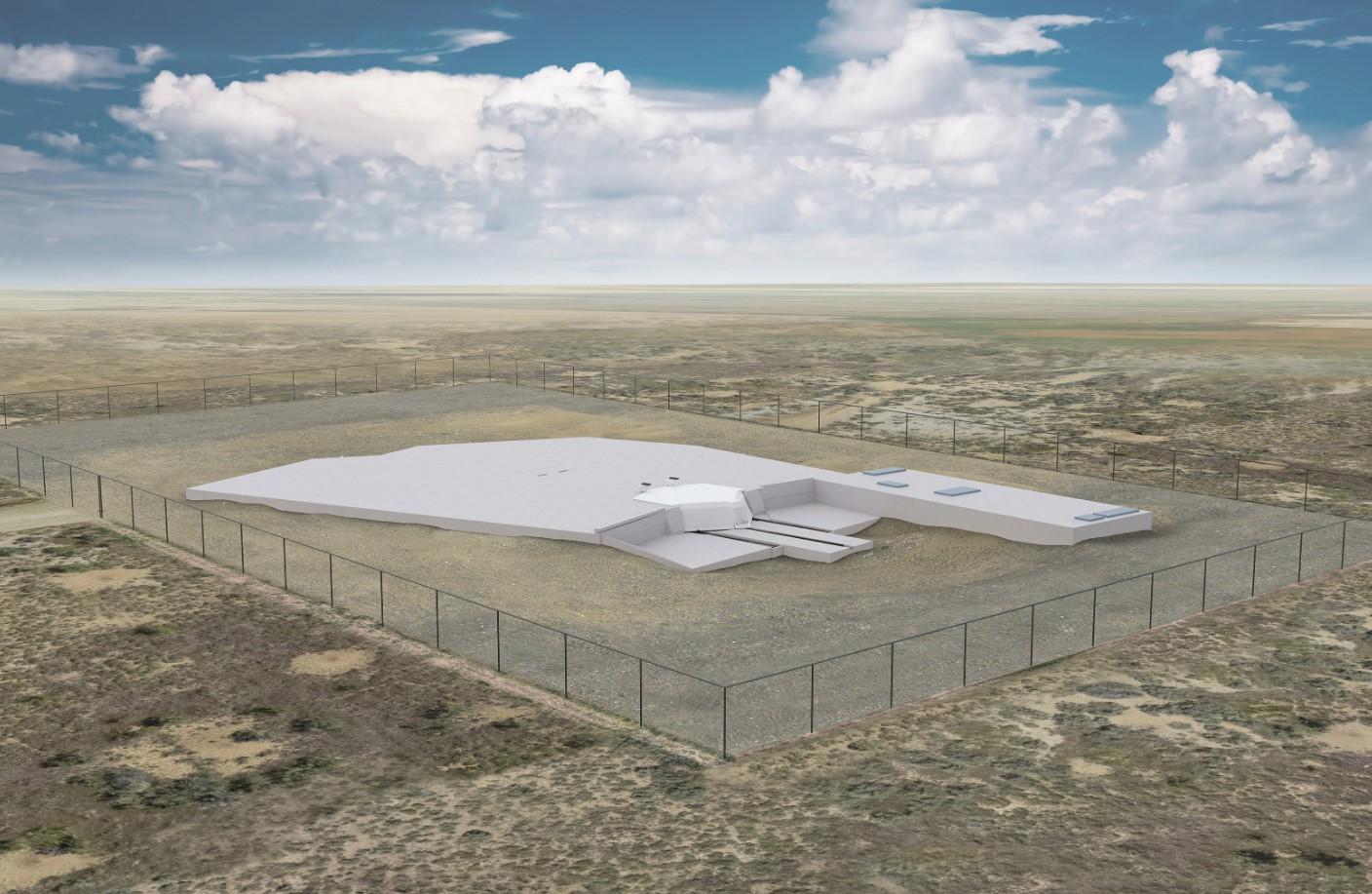Northrop Grumman has successfully completed the first full-scale static test fire of the stage-one solid-rocket motor for the LGM-35A Sentinel that will replace the US Air Force’s Minuteman III nuclear-armed intercontinental ballistic missiles (ICBM).
Since the 1960s, the strategic defense of the United States has depended on the nuclear triad consisting of heavy bombers, ballistic missile submarines, and land-based ICBMs carrying nuclear warheads. The strategy behind this is to face a potential enemy with three different systems based in three different domains. This not only divides any attack, but increases the chances of enough of the triad surviving a first strike to deliver overwhelming retaliation.
Since 1970, the land-based leg of the triad has consisted of about 450 Minuteman III missiles located in hardened underground bunkers in the middle of the continental United States. Though these have been maintained and upgraded over the years, they are reaching the end of their service life and beginning in 2029 they will be phased out in favor of the Sentinel, which will be based in refurbished Minuteman III silos.

Northrop Grumman
Though it’s hard to tell one giant missile from another from the outside, the Sentinel is designed to require fewer operating personnel than the Minuteman III, less maintenance, and to be cheaper with a 50-year operating budget of US$264 billion for the fleet.
The three-stage launcher will carry the 300-kiloton W87-0 warhead and from 2030 will be armed with the W87-1 with a yet to be determined yield. The basic design of the Sentinel is modular with open-architecture software, which will make it much easier to maintain and upgrade while encouraging competition by defense contractors.
The live-fire test of the first stage was carried out at the Northrop’s facility in Promontory, Utah. Preliminary findings show that the motor fired for the expected duration and within the predicted performance parameters.

Northrop Grumman
The company is responsible for developing the first and second stage of the Sentinel. When the complete missile is assembled, it will be flight tested at Hill Air Force Base, Utah, and at Vandenberg Space Force Base (VSFB), California.
“This static fire highlights the advances we’ve made in digital engineering and gives us confidence in our ability to translate that into hardware build and test as we continue to make progress on the path to flight testing,” said Sarah Willoughby, vice president, Sentinel, Northrop Grumman. “The results allow us to validate and anchor our stage-one motor performance before entering qualification testing and completing system analyses, key to lowering risk as we mature the Sentinel design and advance towards critical design review.”
Source: Northrop Grumman
Source of Article